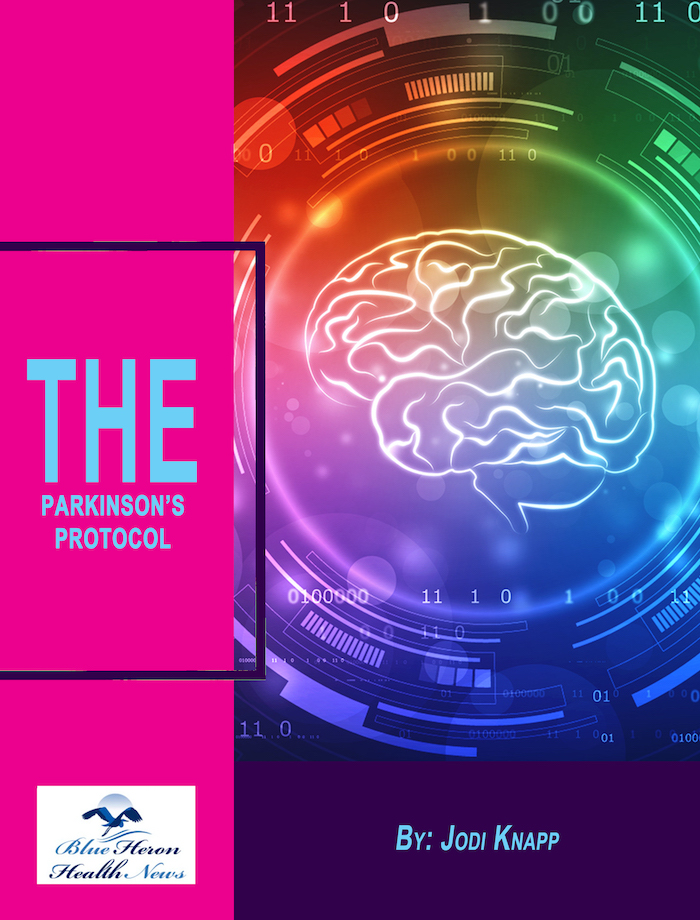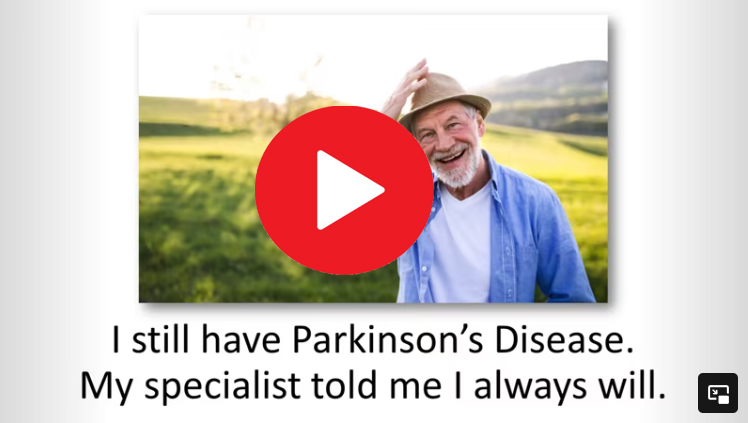
The Parkinson’s Protocol™ By Jodi Knapp Parkinson’s disease cannot be eliminated completely but its symptoms can be reduced, damages can be repaired and its progression can be delayed considerably by using various simple and natural things. In this eBook, a natural program to treat Parkinson’s disease is provided online. it includes 12 easy steps to repair your body and reduce the symptoms of this disease. The creator of this program has divided into four segments to cover a complete plan to treat this disease along with improving your health and life by knowing everything about this health problem. The main focus of this program is on boosting the levels of hormone in your brain by making e a few easy changes in your lifestyle, diet, and thoughts
How does Parkinson’s disease impact housing and environmental accessibility in India?
Parkinson’s disease (PD) can significantly impact housing and environmental accessibility in India, as the disease affects movement, coordination, and daily functioning. In a country like India, where a large portion of the population still resides in older homes or in rural areas with limited infrastructure, individuals with Parkinson’s may face various challenges related to physical environments and accessibility. These challenges can affect their independence, mobility, and overall quality of life.
1. Impact on Housing Accessibility
- Home Modifications and Layout: Parkinson’s disease often leads to difficulty with balance, coordination, and fine motor control. In traditional homes, especially those built with narrow hallways, stairs, and uneven floors, these mobility issues can pose serious risks. Stairs can be particularly dangerous for individuals with Parkinson’s, who may also experience tremors, rigidity, and gait disturbances. For individuals with Parkinson’s, modifications to the home environment are crucial for safety and ease of movement.
- Ramp Installation: Adding ramps to the entrances of homes can help individuals with mobility issues avoid stairs and navigate in and out more easily. Ramps should have non-slip surfaces and be wide enough to accommodate wheelchairs or walkers.
- Handrails and Grab Bars: Installing handrails along staircases, in bathrooms, and near beds can provide support for those who may lose their balance or experience difficulty rising from a sitting position. Grab bars in bathrooms, near toilets, and in showers help reduce the risk of falls.
- Wider Doorways: For people who use wheelchairs or walkers, wider doorways and hallways make it easier to move through the home. This may be especially challenging in older homes where space is limited.
- Non-Slip Flooring: Slippery floors increase the risk of falls, which is a significant concern for individuals with Parkinson’s. Installing non-slip tiles or carpets can help make the environment safer.
- Accessible Bathroom Modifications: Installing walk-in showers, raised toilet seats, and non-slip mats in the bathroom can help people with Parkinson’s maintain independence and reduce the risk of accidents.
2. Environmental Challenges in Rural Areas
- Limited Access to Healthcare and Services: Many people with Parkinson’s in rural or remote areas of India may face challenges in accessing specialized healthcare, including Parkinson’s disease specialists, physical therapy, and rehabilitation services. This can lead to inadequate disease management and a lower quality of life.
- Inadequate Infrastructure: Rural areas may have limited access to accessible infrastructure such as paved roads, ramps, or accessible public transportation. This can prevent individuals with Parkinson’s from leaving their homes easily, limiting their ability to attend medical appointments, social events, or recreational activities.
- Isolation and Social Stigma: In rural communities, there may be less awareness and understanding of Parkinson’s disease, leading to social isolation for individuals living with the condition. Cultural stigma around disability and chronic illness may result in discrimination or a lack of community support.
3. Urban Housing and Environmental Accessibility
- Lack of Accessibility in Public Buildings: In urban areas, while there is generally better access to healthcare services and support networks, public buildings, offices, and recreational facilities may not always be fully accessible to people with Parkinson’s. Many older buildings lack ramps, elevators, or wide doorways, which can make it difficult for individuals to move around independently.
- Congested and Noisy Environments: Urban areas, particularly densely populated ones, can be noisy and congested. This can exacerbate the symptoms of Parkinson’s, such as difficulty concentrating or heightened stress levels. Individuals with Parkinson’s may find it harder to navigate crowded spaces, which could increase anxiety and fall risks.
- Public Transport Issues: While larger cities may have better access to public transportation, the absence of features like low-entry buses, wheelchair ramps, or support for individuals with mobility aids can pose a challenge. This can restrict mobility, making it difficult for individuals with Parkinson’s to travel independently.
- Air Quality and Pollution: Air pollution in cities such as Delhi, Mumbai, and Bengaluru can negatively affect the respiratory and overall health of individuals with Parkinson’s disease. Exposure to poor air quality can worsen symptoms like fatigue, cognitive impairment, and reduced physical stamina.
4. The Role of Assistive Technology and Home Automation
- Smart Homes: Some families are increasingly turning to home automation systems to assist individuals with Parkinson’s disease. Smart lighting, voice-activated devices, automated doors, and remote-controlled appliances can help reduce physical strain and improve ease of movement. For instance, smart thermostats can regulate home temperatures to ensure comfort, and voice-activated assistants can assist in daily tasks such as controlling lights or entertainment systems.
- Telemedicine and Virtual Support: In the absence of nearby healthcare facilities, telemedicine services can allow individuals with Parkinson’s in remote or underserved areas to consult with specialists. This has become especially relevant in the wake of the COVID-19 pandemic, with many healthcare services shifting online. Virtual physical therapy sessions and online support groups also help individuals with Parkinson’s manage their condition from home.
5. Financial and Social Support
- Financial Burden of Modifications: Many individuals with Parkinson’s and their families face financial challenges when trying to modify homes or access specialized equipment. The cost of home modifications, mobility aids, and assistive technologies can be prohibitive for low-income families, especially in rural areas where resources are already limited.
- Government and NGO Support: Some government initiatives and non-governmental organizations (NGOs) in India may offer assistance with home modifications or subsidies for medical equipment. However, access to these services is often limited and may not be available in all regions. NGOs focusing on Parkinson’s disease, such as the Parkinson’s Disease and Movement Disorder Society (PDMDS) and the Parkinson’s Disease Foundation India, may provide financial support, information, and resources to help with housing accessibility.
- Caregiver Support: In many cases, individuals with Parkinson’s rely on family members for care and assistance, particularly in environments where professional care is not available. Support for caregivers, including respite care services or caregiver training programs, is essential to reduce the physical and emotional burden of providing care at home.
6. Awareness and Education
- Public Awareness Campaigns: Raising awareness about Parkinson’s disease and its effects on mobility and daily life is crucial for improving environmental accessibility. This includes educating the general public, as well as local governments, on how to make homes, public spaces, and transportation systems more accessible.
- Training for Builders and Architects: There is an increasing push to train builders and architects to incorporate universal design principles into new housing projects. Universal design involves creating spaces that are accessible to all people, regardless of their physical abilities, and it is becoming more common in urban development projects.
Conclusion
The impact of Parkinson’s disease on housing and environmental accessibility in India is significant and multifaceted. Challenges related to home modifications, mobility aids, public infrastructure, and healthcare access are common, especially in rural areas and older homes. However, there are emerging solutions, such as assistive technologies, public awareness initiatives, and specialized services, that can improve quality of life and independence for individuals with Parkinson’s. Moving forward, greater awareness, government support, and inclusive urban planning are needed to ensure that individuals with Parkinson’s have access to safe and accessible living environments.

The Parkinson’s Protocol™ By Jodi Knapp Parkinson’s disease cannot be eliminated completely but its symptoms can be reduced, damages can be repaired and its progression can be delayed considerably by using various simple and natural things. In this eBook, a natural program to treat Parkinson’s disease is provided online. it includes 12 easy steps to repair your body and reduce the symptoms of this disease. The creator of this program has divided into four segments to cover a complete plan to treat this disease along with improving your health and life by knowing everything about this health problem. The main focus of this program is on boosting the levels of hormone in your brain by making e a few easy changes in your lifestyle, diet, and thoughts

